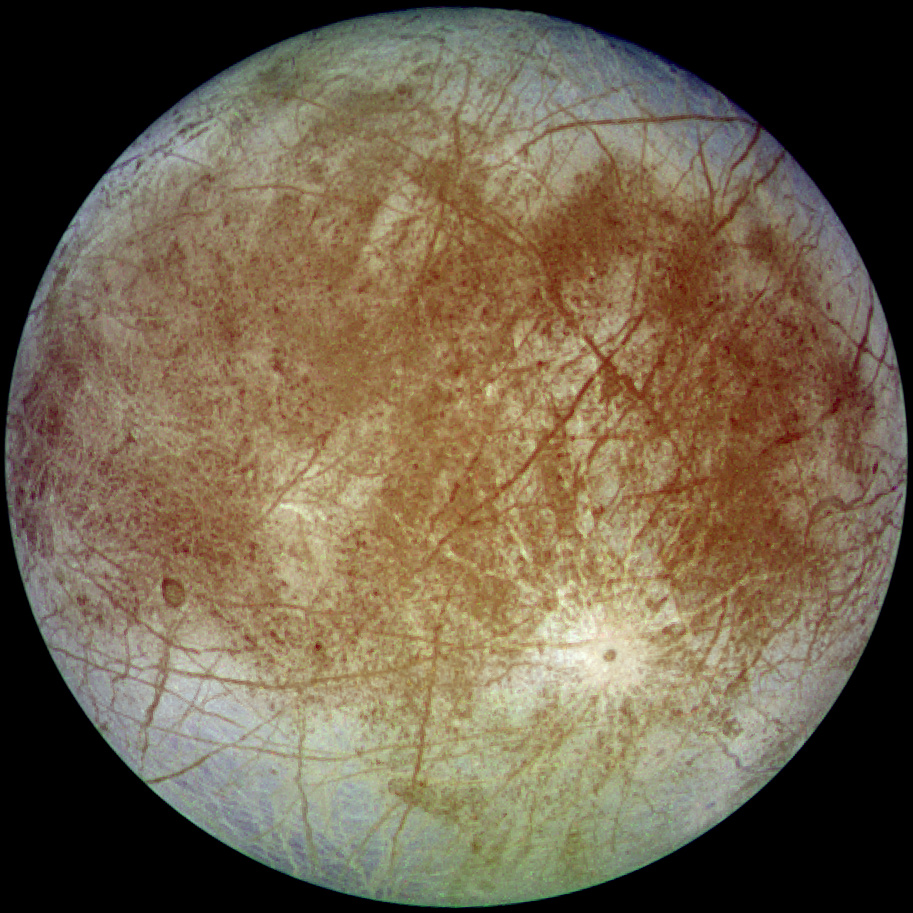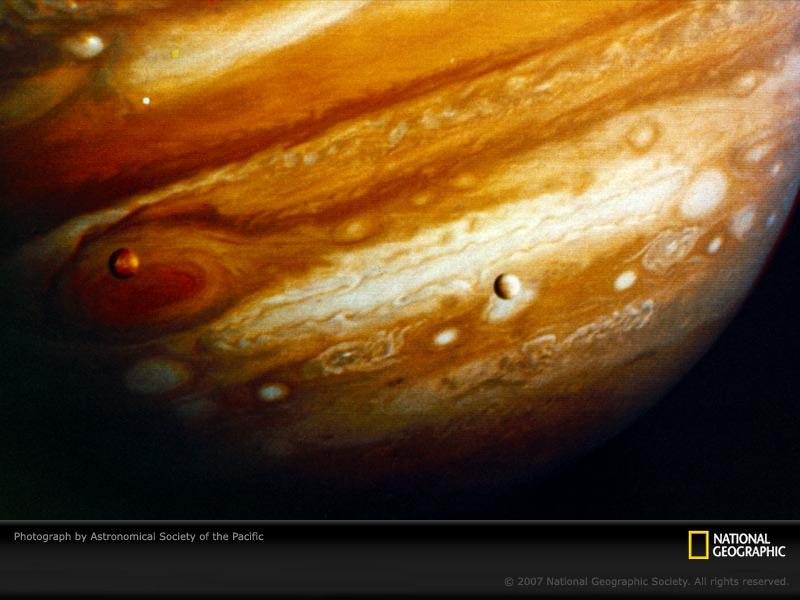The oceans of Europe, the moon of Jupiter, contain oxygen, which is enough to maintain the existence of not only single-celled, but also larger forms

A new study states that the hidden oceans of Europe trapped under ice, one of the moons of Jupiter, can be very restless.
Such oceanic disturbance leads to a higher potential for life.
Robert Tyler, an oceanographer at the University of Washington, used computer simulations to show that Jupiter’s impact on his moon, Europe, may differ from popular belief.

Moon Jupiter Europe.
')
Instead of just putting pressure on the hard parts of the moon, squeezing its rocks and deforming the global ice shell, Jupiter’s relentless impact can also produce huge planetary waves in the subterranean ocean of Europe.
These waves could be the primary transport for the distribution of energy and heat throughout Europe. The new theory is opposed to the widespread belief that the ocean of Europe is calm.
“Today, our global concept must take into account one of the most energetic oceans, squishing under this ice,” Tyler says.
“I am considering a specific case with Europe, but the overall results are equally applicable to other moons, presumably having oceans,” he writes in his article, which was published in the latest issue of the journal Nature. These moons include Callisto and Ganymede of Jupiter, along with Entsiladom and Titan of Saturn.
Europe rotates in a slightly elongated orbit around Jupiter. When it reaches from both ends of the curves with sharper angles, the lunar oscillations release latent energy, which leads to tides.

Moon Io and Europe against the backdrop of Jupiter
Tyler is the first to suggest that Europe, like the Earth, can dissipate most of its tides into ocean waves.
David Stevenson, a planetary geologist at the California Institute of Technology in Pasadena, called the new theory an “interesting opportunity.”
" It would certainly be more exciting and relevant if we were to understand how dissipation occurs. But this is not the situation ."
NASA's Galileo spacecraft explored Jupiter and its moons from 1989 to 2003, and sent data indicating that the ocean of Europe could consist of salt water.
“ It doesn’t necessarily mean table salt,” Tyler says. “It could be magnesium sulphate (English salt) .”
Jeff Kargel, a geologist who worked at the University of Arizona in Tucson, suggested in the late 1990s that European salts can help her livelihoods.
Kargel pointed out that many uncertainties remain regarding the composition and thickness of the liquid on Europe and the ice hiding it.
" It's great that there is liquid water there, and now this new study adds an energy source, increasing the prospects for the origin of life there ."

The water of the subglacial ocean contains dissolved oxygen. This element is formed on the surface of the moon under the influence of particles of the solar wind and enters the ocean as a result of geological processes. To estimate how much oxygen is under the surface of the satellite, the author of the new work determined the influence of some of them. The scientist considered the gradual accumulation of fresh ice on the surface, the formation of cracks that are filled with this ice, and the destruction of some areas of the surface layer (they are gradually being replaced with new ones).
Due to its “promising” characteristics, Europe has become a target for the nearest interplanetary mission, organized by the European and American space agencies. Recently, a group of scientists has identified the most suitable for landing spacecraft areas on the surface of the Jovian moon.
Based on National Geographic News and Space.com
by PK
Source: https://habr.com/ru/post/72012/
All Articles